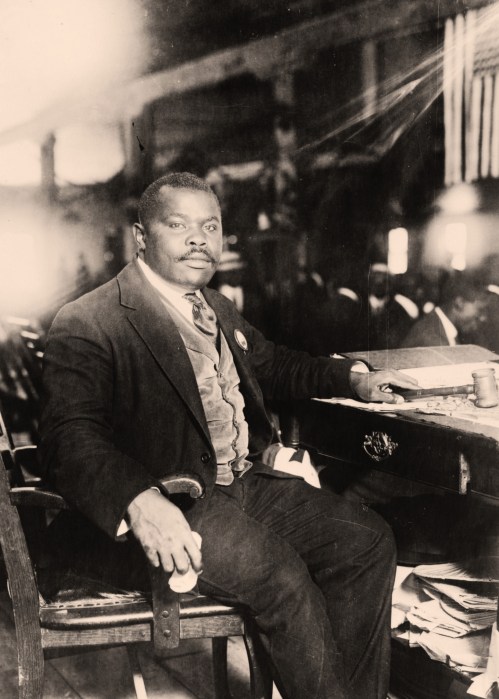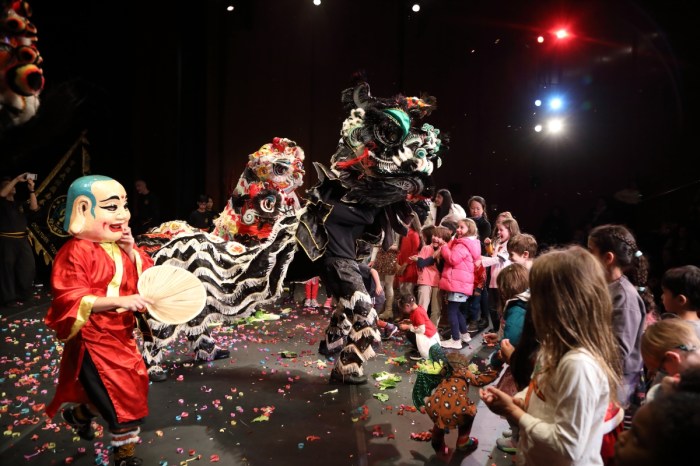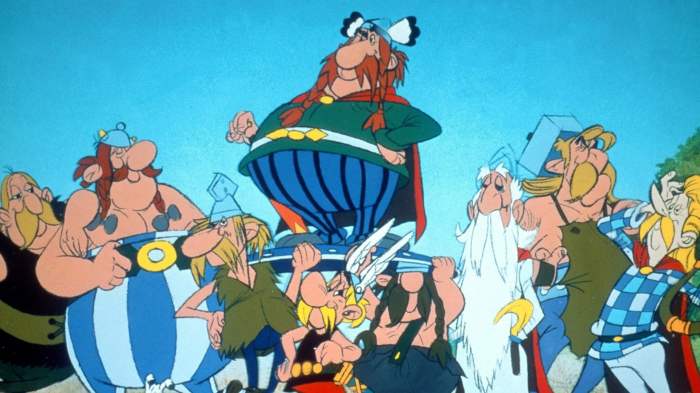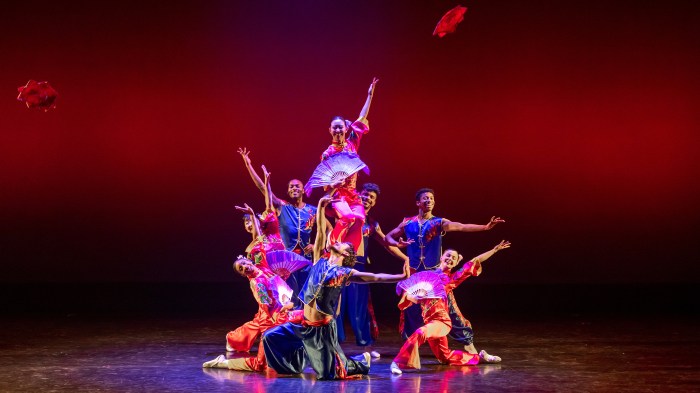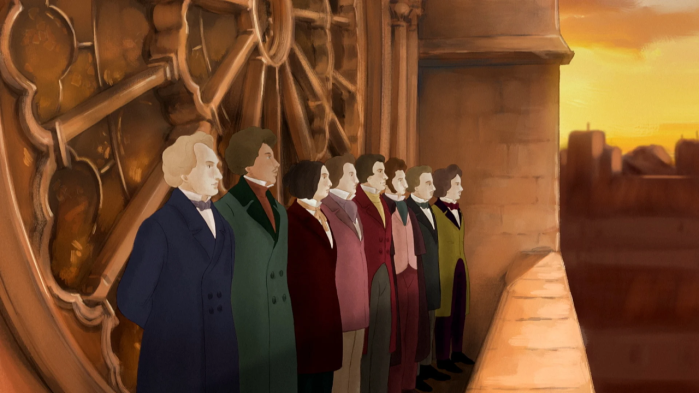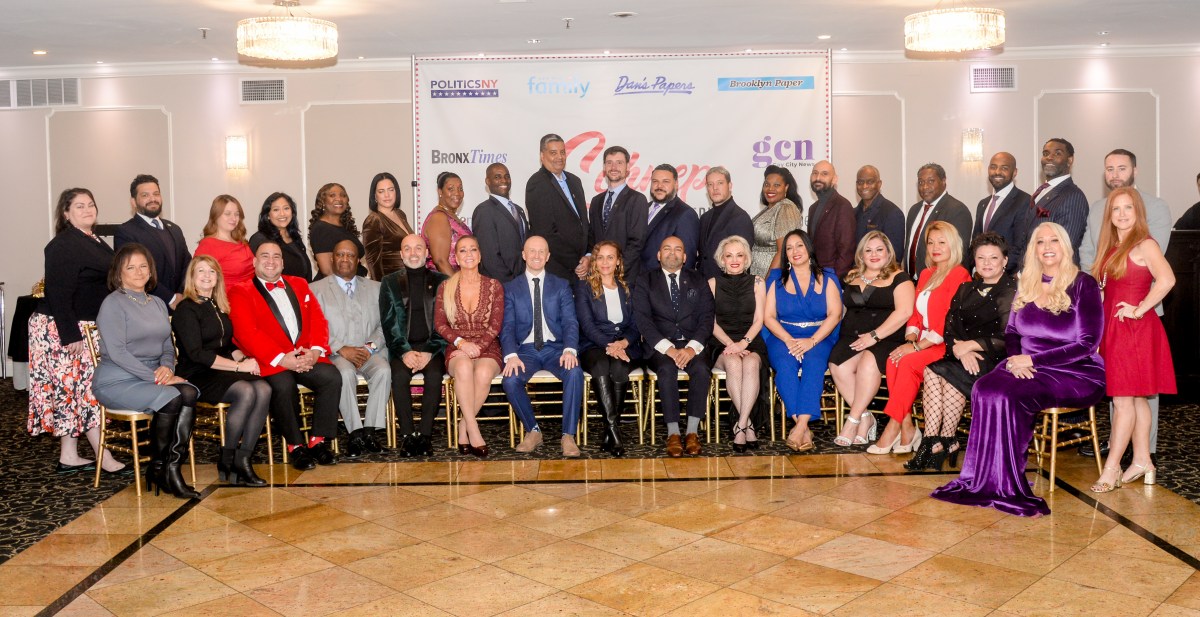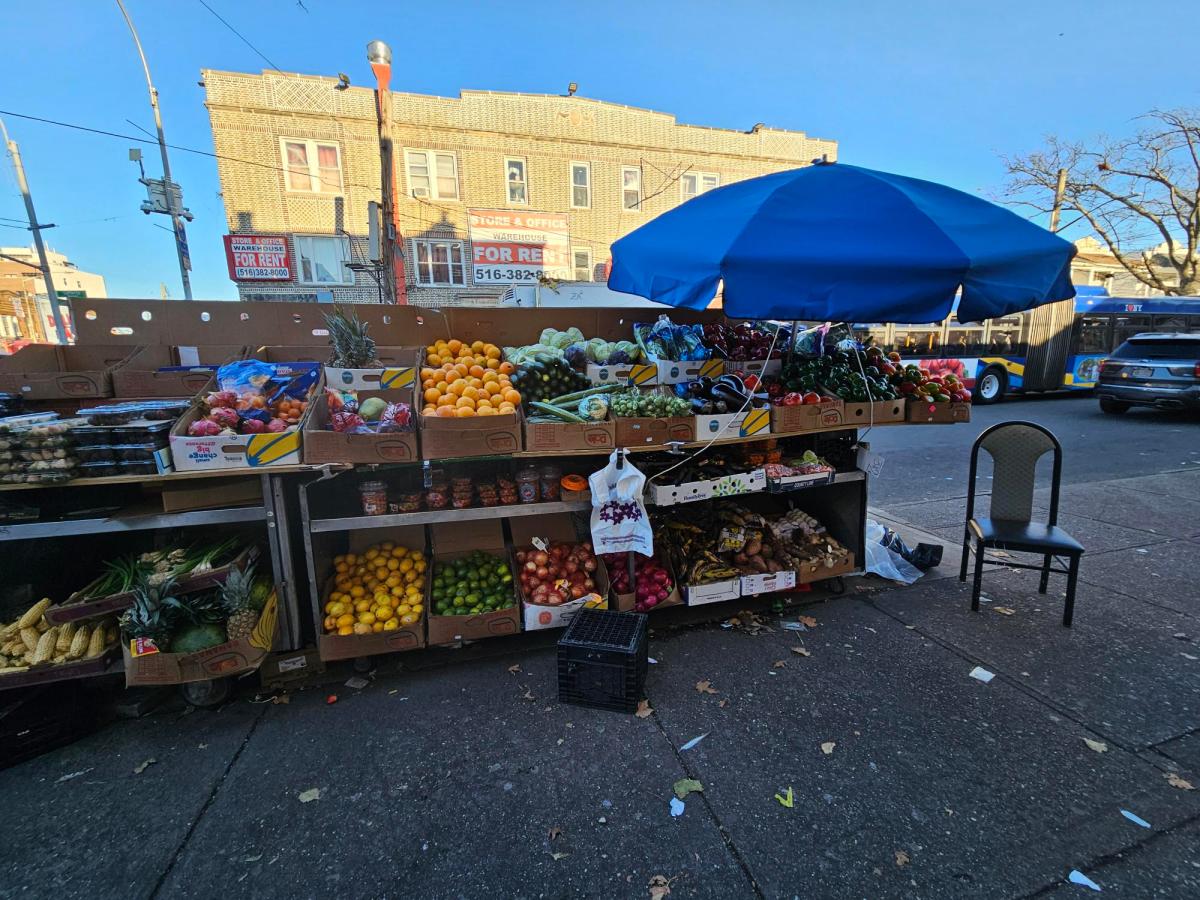Edward Seaga, a former Jamaican prime minister who shaped the island’s post-independence politics and cultural life, died Tuesday at 89.
Seaga’s death was announced on Twitter by Prime Minister, Andrew Holness.
Seaga, Jamaica’s prime minister from 1980 until 1989, was the only remaining member of the generation of leaders who drafted the constitution when the Caribbean island gained independence from Britain in 1962.
His political career began in the late 1950s and he won a parliamentary seat in 1962. He was West Kingston’s representative for 40 consecutive years and held a parliamentary seat longer than anyone in Jamaica’s history.
Born May 28, 1930, in Massachusetts to Lebanese-Jamaican parents, Seaga renounced his U.S. citizenship at a young age to show his loyalty to Jamaica. He studied anthropology at Harvard University and published several papers on Afro-Jamaican folklore and Obeah, a religion combining Christian and African rituals.
Prior to entering politics, Seaga was a major record producer who operated the West Indies Record Ltd. distribution company and played a role in introducing ska to the world.
At 29, he was appointed to Jamaica’s upper legislative house by Labor Party founder and Jamaica’s first prime minister, Alexander Bustamante.
As opposition leader in the 1970s, Seaga railed against the socialist agenda of then-Prime Minister, Michael Manley, saying it crippled the island’s fragile economy. When Seaga’s Labor Party ousted the incumbent Manley and the People’s National Party’s “democratic socialist” administration in 1980, Seaga described the landslide victory as a “declaration against communism in Jamaica.”
As Jamaica’s leader, Seaga instituted a pro-American, free-market economy, ushering in what many consider the island’s most prosperous era. He was U.S. President Ronald Reagan’s closest Caribbean ally and was able to boost a struggling economy that was hit hard by soaring inflation and widespread joblessness. But national debt soared.
The run-up to the 1980 elections that vaulted him to power was extraordinarily bloody. Clashes between rival partisans killed nearly 800 people. For some older Jamaicans, Seaga is forever linked with the state-sponsored political violence of the 1970s, when Jamaica’s two major political factions used gun-toting gangsters to sway voters.
In the 1960s, Seaga gained fame for bulldozing an infamous slum and building Tivoli Gardens, the island’s first public housing project, which he filled with supporters of the Labor Party. The politicized complex became a hotbed of what Jamaica calls “garrison politics,” where vote-rich slums become permanent power bases for one party.
“Mr. Seaga can be blamed for starting garrison politics but not for the genesis of political violence,” said Christopher Charles, a senior lecturer in political psychology at Jamaica’s University of the West Indies.
Following a deadly 1978 military ambush of gang members allied to Seaga’s Labor Party, Jamaica’s leading reggae musicians took the stage at a Kingston concert to support peace. The concert’s highlight was a moment that has become immortalized in Jamaican consciousness: Reggae icon Bob Marley made Seaga and Manley clasp hands over his head and promise an end to the violence. It didn’t work; things only got bloodier.
In 1989, Seaga’s party lost the general election to Manley after he transformed into a centrist. But Seaga remained Labor’s leader for many years afterward and he built national institutions such as the annual festival celebrations, the Jamaica Cultural Development Commission and the HEART National Training Agency, among other institutions.
Holness, the current prime minister from the Labor Party, is a Seaga protege. First elected to Parliament in 1997 at the age of 25, he was a special assistant to Seaga, who was chief of the Labor Party until Bruce Golding took over in 2005.
When he resigned from the party, he became a senior research fellow at the University of the West Indies.
Seaga was married from 1965 to 1996 to the former Marie Constantine, who had been Miss Jamaica 1964. They had three children together — Anabella, Andrew and Christopher — before divorcing. He remarried in 1997 to Carla Vendryes, 30 years younger. The couple had a daughter, Gabrielle, in 2002, when he was 72.



